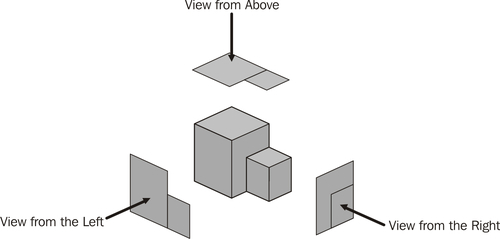-
Book Overview & Buying

-
Table Of Contents

UML 2.0 in Action: A project-based tutorial

 Sign In
Start Free Trial
Sign In
Start Free Trial

Modeling is the foundation for successful development and implementation of new IT systems. A correct and complete model ensures that, in the end, users get the IT system they need.

Figure 4.1 Different views of a system
In this chapter, we show how a conceptual model of an IT system can be developed with the help of UML. Taking into consideration the 80:20 rule, we do not use all the features of UML. Practice shows that it is unrealistic to model everything in full depth with UML. This is because in the implementation stage new insights are gained, which cannot be foreseen during the conception stage. In addition to that, models should be developed with the least amount of effort possible.
The IT system model consists of four different views, each of which emphasizes certain aspects and which are closely related to each other. This approach of a model consisting of different views, is illustrated in Figure 4.1.The individual views we use for the IT system model...

Change the font size
Change margin width
Change background colour